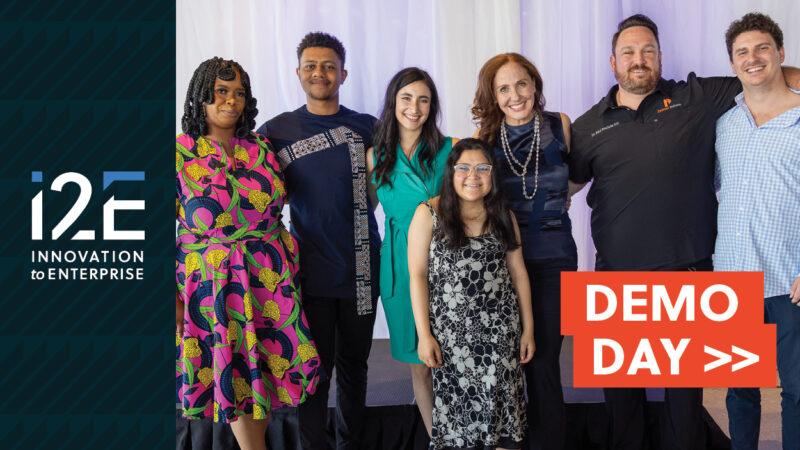By Scott Meacham
Copyright © 2019, The Oklahoman
In the business of creating new high-growth companies, “trade-off” is the name of the game. From idea to IPO, from survival mode to success, entrepreneurship calls for constant prioritizing and re-prioritizing.
With limited capital — financial and human — for the first few years of a startup’s life, it’s a perpetual challenge of either/or. Another engineer or an expanded website? A new server or a booth at a key industry trade show? Market development or a sales professional?
When you are starting a company, you can’t do everything you want to do — even when you are convinced that results would be better if you could. Successful entrepreneurs figure out and allocate their resources toward funding the milestones that will keep the business moving toward revenue, toward scale, toward long-term success.
And when it comes to Oklahoma’s policy makers building a state ecosystem to support those startups, it’s the same. Trades-offs and either/or. We cannot do or fund everything — even though we know that for most of the past 25 years, startups are the primary source of new job creation. As a state, we recognize that we must build an economy that is less dependent on oil and gas and continuously better positioned to diversify.
So, prioritize we must. However, there is one budgetary trade-off that Oklahoma absolutely should not make: When it comes to innovation and capital, it is not an either/or. Oklahoma must have a steady, predictable flow of both for an innovation economy to succeed.
In some ways, Oklahoma was far-sighted in committing to innovation and capital.
More than 30 years ago, the Legislature authorized OCAST (the Oklahoma Center for the Advancement of Science and Technology). OCAST is our state’s primary source of investment in research. The cumulative return on that investment has been 22:1; last year it was 34:1. That means for every dollar appropriated to OCAST for science and technology, Oklahoma realized a return of $34, as measured by out-of-state revenue, private investment, federal grants and, most importantly, jobs.
Twenty years ago, the state appropriated $10.7 million to fund a then unique source of early stage capital. Oklahoma was so early in this type of initiative that we were recognized by other states for our “best practices.” Since 2009, the Technology Business Finance Program (TBFP) has received no further appropriations.
Instead, for the last 10 years it has been self-funding — and has shown a 65.74 rate of return without factoring in job gains or other economic benefits. TBFP recipients have further leveraged the state’s investment by raising another $507 million in private capital. When people across the political spectrum question the benefit of state incentives to grow jobs, I challenge them to find another one like TBFP that pays for itself and provides jobs and all of the other economic benefits that other incentives promise.
The Oklahoma legislatures of 20 to 30 years ago were visionary and bold enough to take on the risk and uncertainty of investing in OCAST for innovation and TBFP for early stage capital.
If we really want to diversify and grow our economy, maybe we should consider investing more in what we know works. That’s just common sense.
Scott Meacham is president and CEO of i2E Inc., a nonprofit corporation that mentors many of the state’s technology-based startup companies. i2E receives state appropriations from the Oklahoma Center for the Advancement of Science and Technology. Contact Meacham at [email protected].








